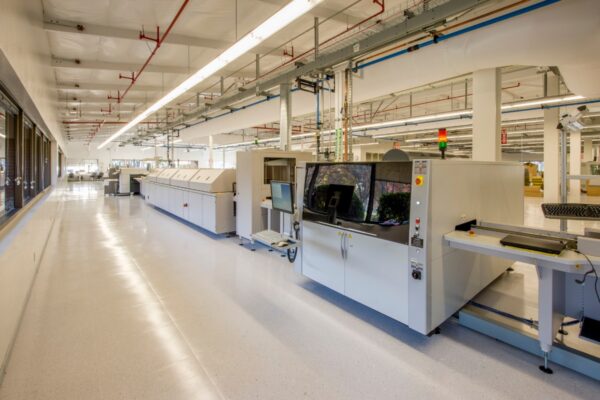What is Aperture
In the PCB industry, an aperture refers to a specific feature used in the manufacturing process of printed circuit boards. It is an opening or hole in a stencil that allows solder paste to be accurately deposited onto the PCB during the solder paste printing process. The size and shape of the aperture play a crucial role in determining the quality of the solder paste printing and the overall success of the surface mount technology (SMT) assembly process.
To ensure precise solder paste deposition, the dimensions of the aperture are carefully designed. The IPC7525 industry standard provides guidelines for determining stencil print performance, including parameters such as the Aspect Ratio and Area Ratio. The Aspect Ratio is defined as the width of the aperture divided by the thickness of the stencil, while the Area Ratio is the surface area of the aperture divided by the surface area of the aperture walls. These ratios help maintain proper solder paste deposition and minimize defects during the soldering process.
Different types of components require specific considerations when designing the apertures. For example, components with fine pitches, such as AFP, QFN, and CSP, may require electric polishing of the stencil to achieve the necessary precision. The pitch of components like BGA, QFN/QFP ICs, and SOPs also influences the aperture size. For instance, larger BGA pitches may require a 1:1 scale opening, while smaller pitches may require the aperture size to be 95% of the pad’s size. Similar considerations apply to other component types, such as QFP, SOT, and SOT89.





